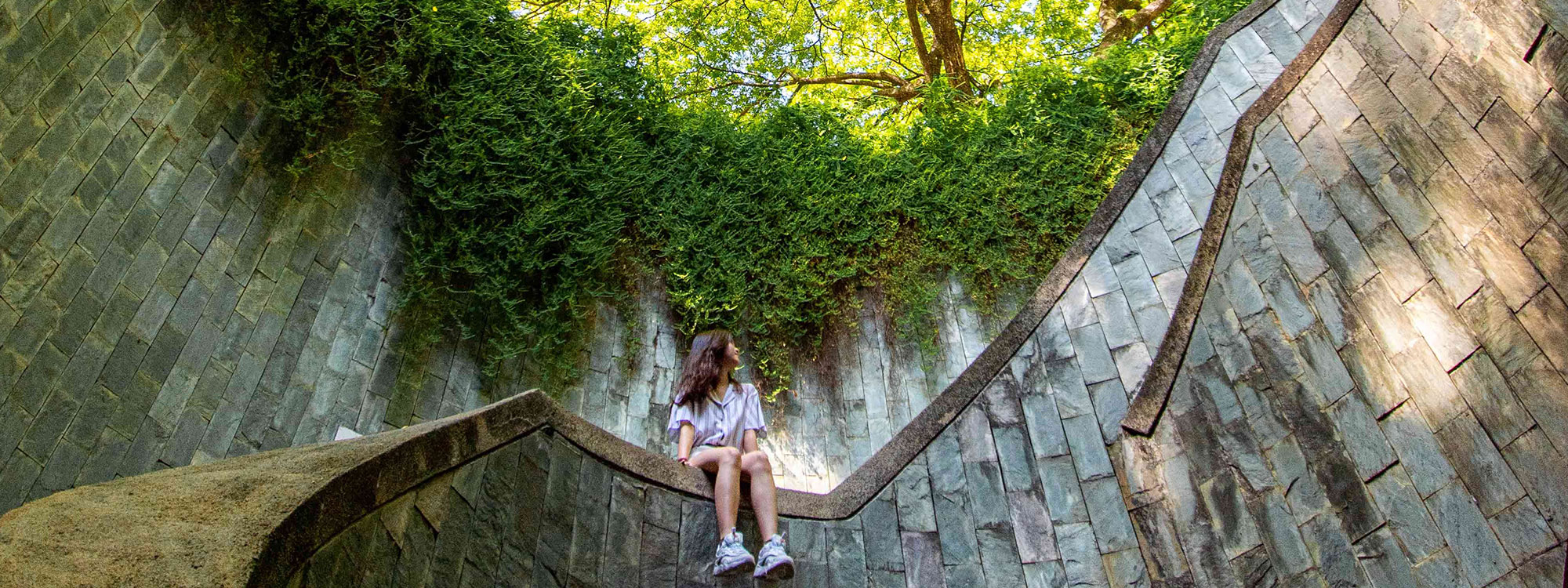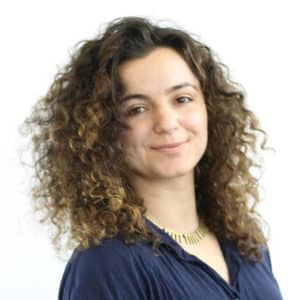This summer we sat down with eight incredible climate leaders to discuss their work. These conversations fueled us and demonstrated how, as a region, we are tackling the climate crisis, inequality, and resilience head-on. Here are some of our favorite moments and key takeaways from each of the eight episodes.
Check out the full playlist of videos on Youtube.
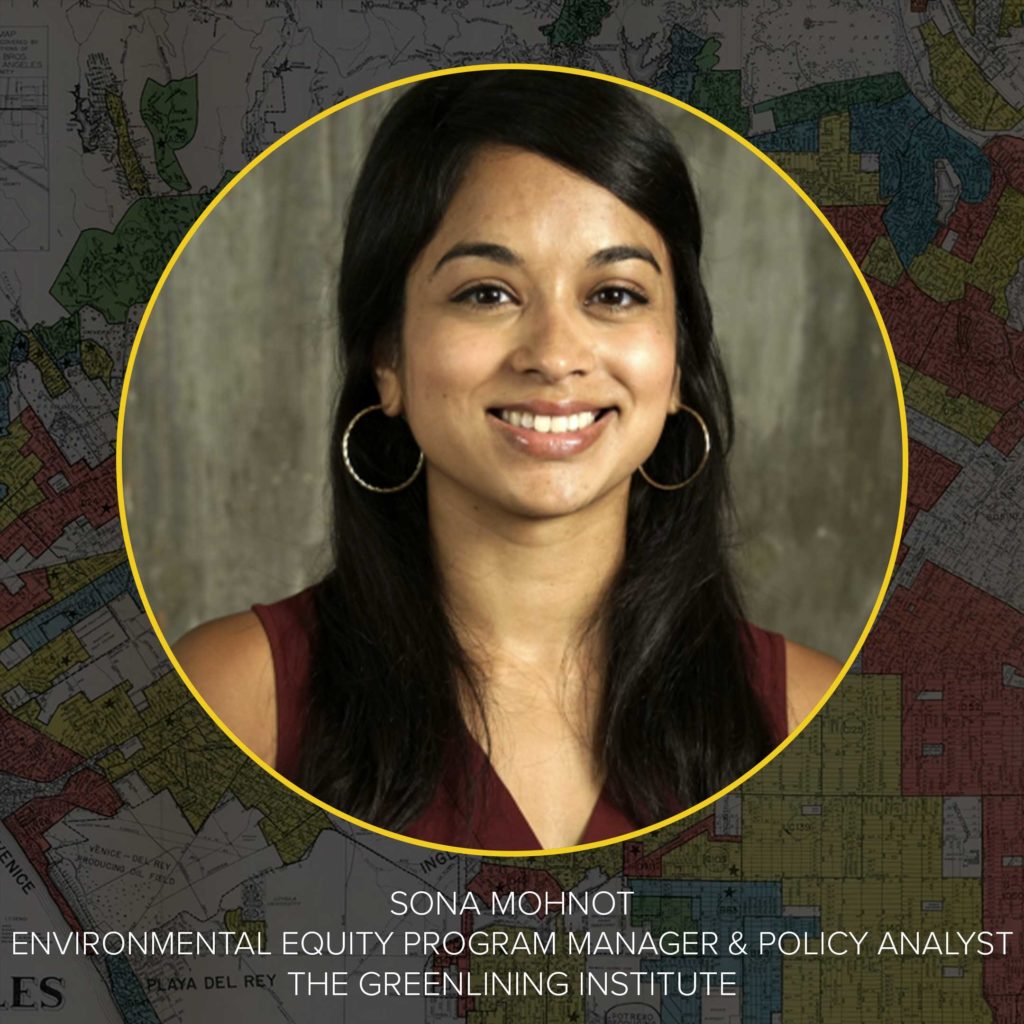
Sona Mohnot, Environmental Equity Program Manager and Policy Analyst, The Greenlining Institute
The Episode: Equitable climate adaptation and resilience policy.
Equity must be front and center in the movement towards climate resilience.
In order to build a resilient community, we must address issues related to gentrification, displacement, and racial justice. Due to decades of redlining and other exclusionary zoning practices, many of the Bay Area’s most vulnerable populations live along the shoreline in areas that will feel the effects of flooding, extreme heat, and other climate impacts more than higher-income neighborhoods. At the same time, due to the housing crisis, these neighborhoods are seeing an influx of more affluent residents. As neighborhoods become more appealing, lower-income residents tend to get priced out. As a neighborhood becomes more affluent we then see an increase in green gentrification through investment in parks, green space, and public transit, which in turn increases prices even further. So how can we develop the green infrastructure we need for climate adaptation without displacing the original residents we seek to protect? To start, a key lesson is that we must be proactive. Cities have to center equitable development and anti-displacement in all of their planning and work closely with local leaders so that when a disaster strikes or a development is announced the network already exists and trust has already been gained.
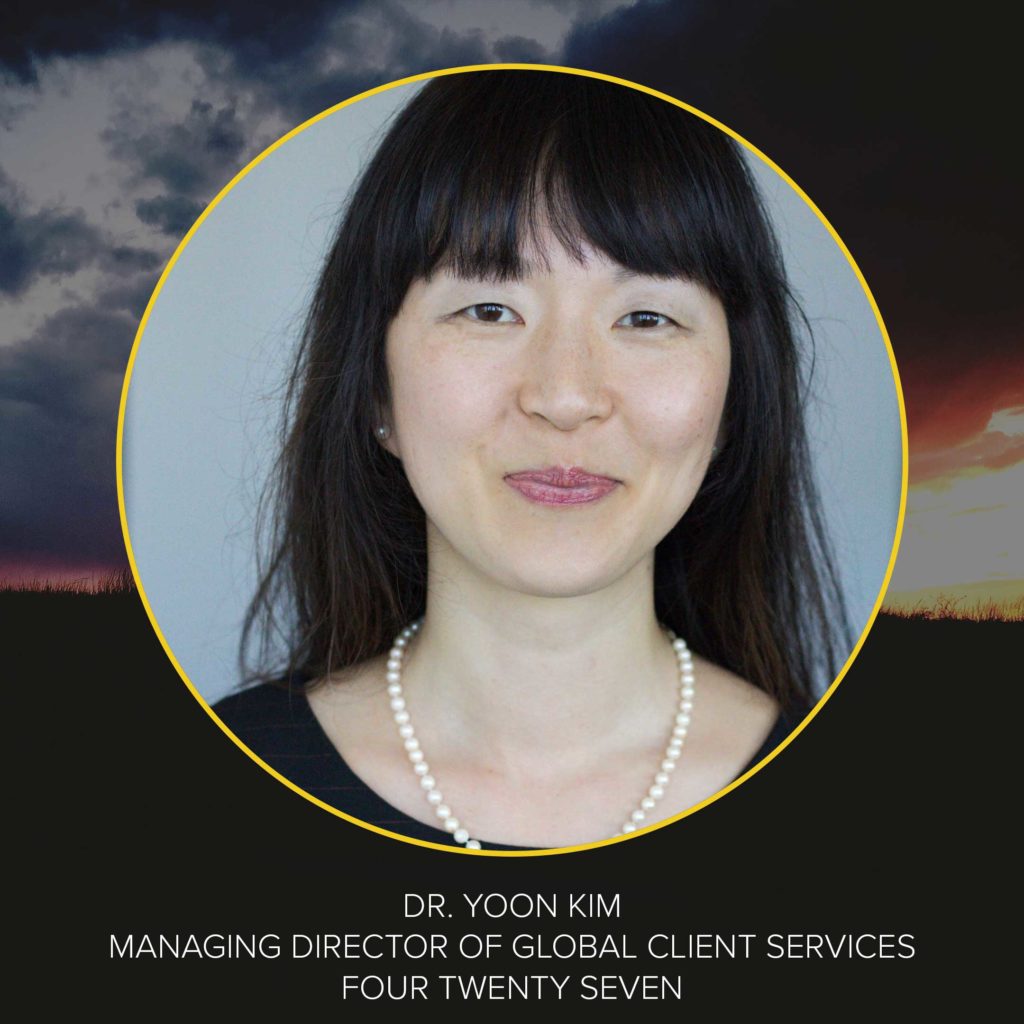
Dr. Yoon Kim, Managing Director of Global Client Services, Four Twenty Seven
The Episode: The cost of physical climate risks.
The private sector needs to monitor risk beyond their individual assets and look at the communities where they are invested.
Climate risk is quickly becoming an important issue for the private sector. The question of climate risk has evolved from being an issue solely owned by sustainability teams to becoming a mainstream topic overseen by risk teams. This is important because it demonstrates that climate risk has moved from a nice to have consideration to a need to have priority. As private sector clients start to understand risk, they realize that they need to be informed not only about the risk associated with their individual assets but also risk and resilience in the communities where they are invested. A local example of this is the Bay Area Corporate Climate Resilience Council, this group of companies has been interested in better understanding their risk exposure, how that intersects with the local community, and how they can collaborate across sectors to address future challenges.
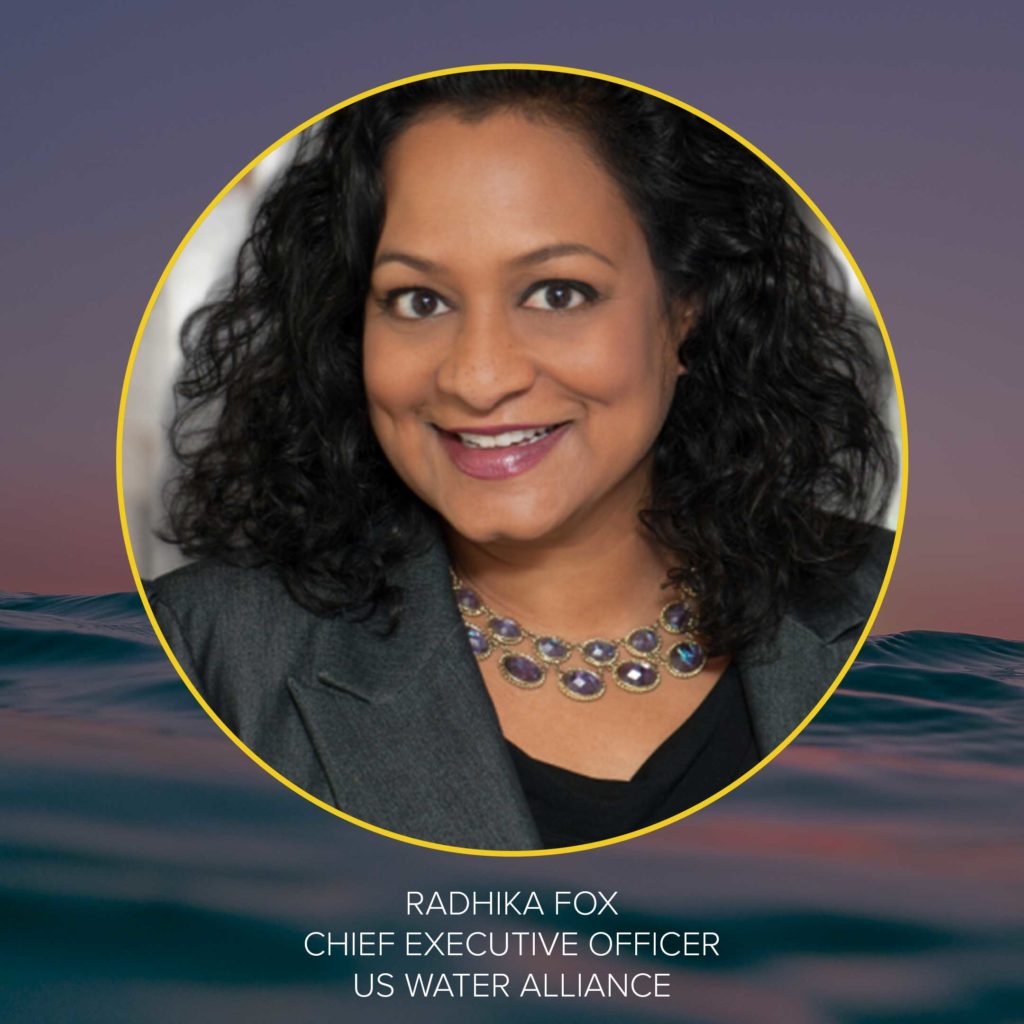
Radhika Fox, Chief Executive Officer, US Water Alliance
The Episode: Water as a solution to a climate-resilient future.
Water is the medium for which we experience climate stress but also can be a solution for climate adaptation.
We are at a moment of grand transformation in the way we manage our water. Water is the medium by which communities experience climate stress, but we don’t talk enough about how water can be a solution. Through the adaptation and fortification of our water systems, we can build a more climate-resilient future. In order to do so, we have to adopt a systems mindset instead of working in silos. For example, connecting drinking water and wastewater management to the region’s watershed to ensure that multiple regional impacts are considered before making any one decision.
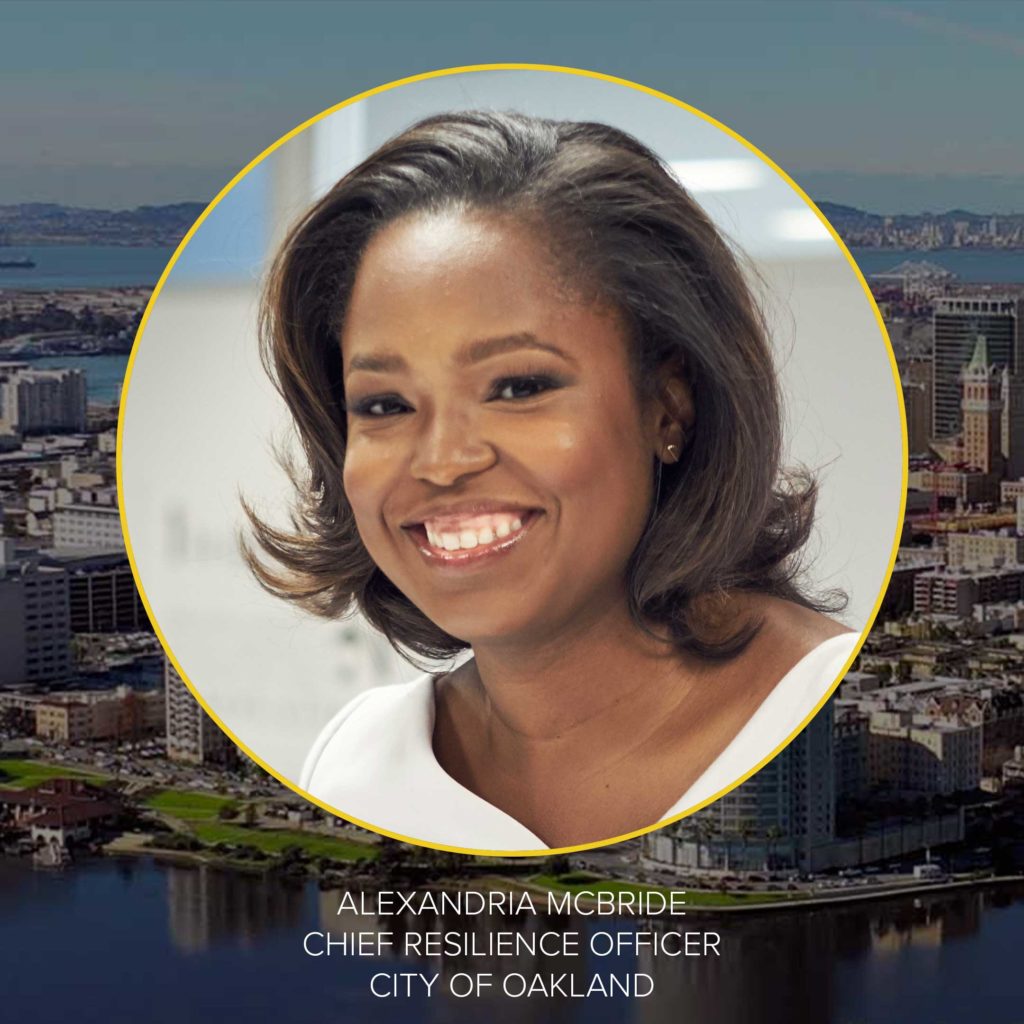
Alexandria McBride, Chief Resilience Officer, City of Oakland
The episode: Community resilience in the City of Oakland.
A strong COVID response can lay the foundation for future disaster response.
At the outset of the pandemic, there was a need to set up a complimentary community resilience unit as part of Oakland’s emergency operations center. This resilience unit would serve the needs of both residents and small businesses, looking at the economic impacts of COVID including rent, food, and basic needs. This new community resilience unit is now enabling the City to respond more equitably to impending obstacles like public safety power shutoffs and poor air quality days from wildfire. The systems set up for COVID response to promote an equitable response and recovery are now being implemented for smoke, heat, and future climate disasters. Now the emergency response effort is taking a more holistic view and we are able to better meet the needs of the most vulnerable community members. This will help during disasters and also when day to day issues arrive.
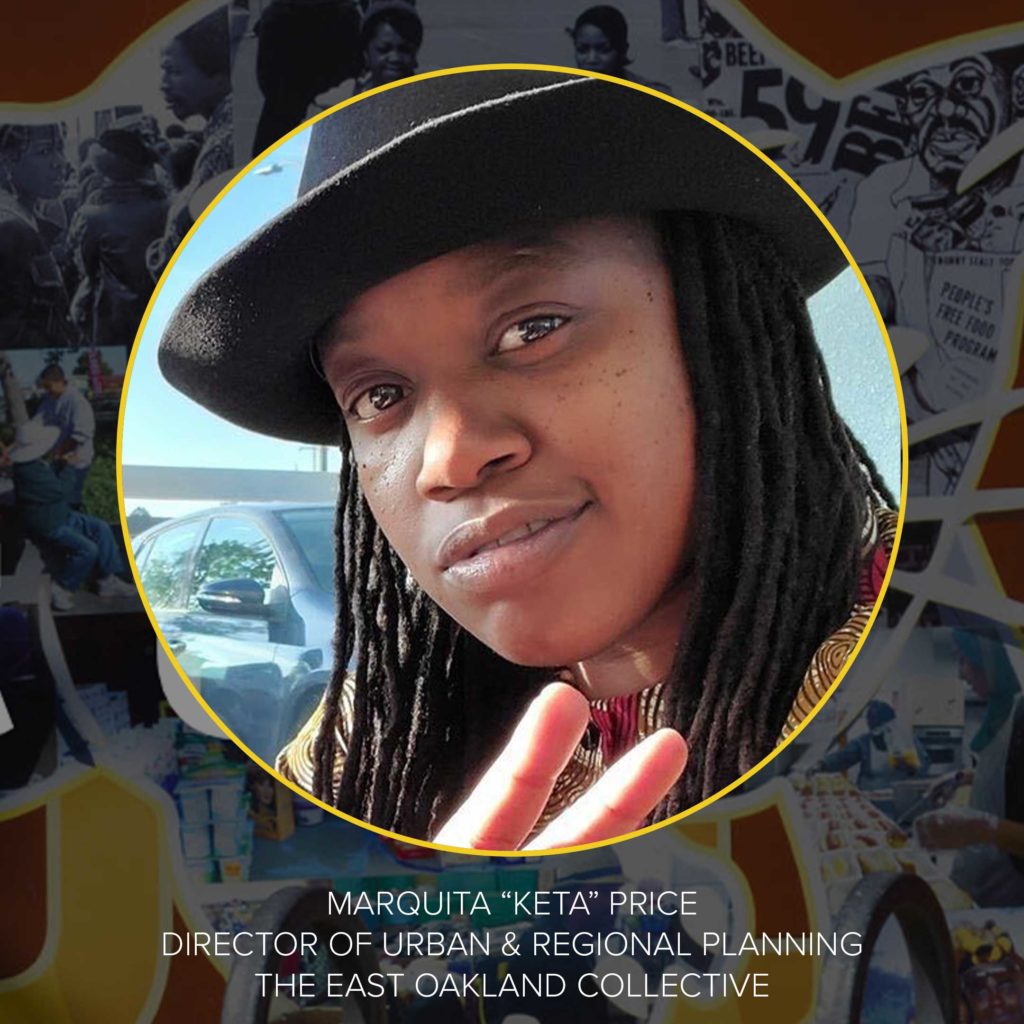
Marquita Price, Director of Urban and Regional Planning, The East Oakland Collective
The Episode: Urban planning and policy in Deep East Oakland.
To be resilient, we need to plan with, not for, our communities.
Every community needs a hood planner who is deeply ingrained in the community and can advocate for the needs of the residents. According to Keta, a hood planner is an individual that merges their firsthand experience of navigating the hood with the traditional planning skills to help economically disadvantaged communities stay current on zoning, building codes, environmental regulations, and key political issues impacting their hood. One project she is working on is the San Leandro Urban Greenway that runs through East Oakland and currently is not open to the public. She has spent the last three years working with the community to build bike and pedestrian infrastructure so that we can connect residents with nature, build a more livable neighborhood, and create a space where people can escape from the heat. Connecting communities to nature is an essential step towards creating social and ecological resilience.
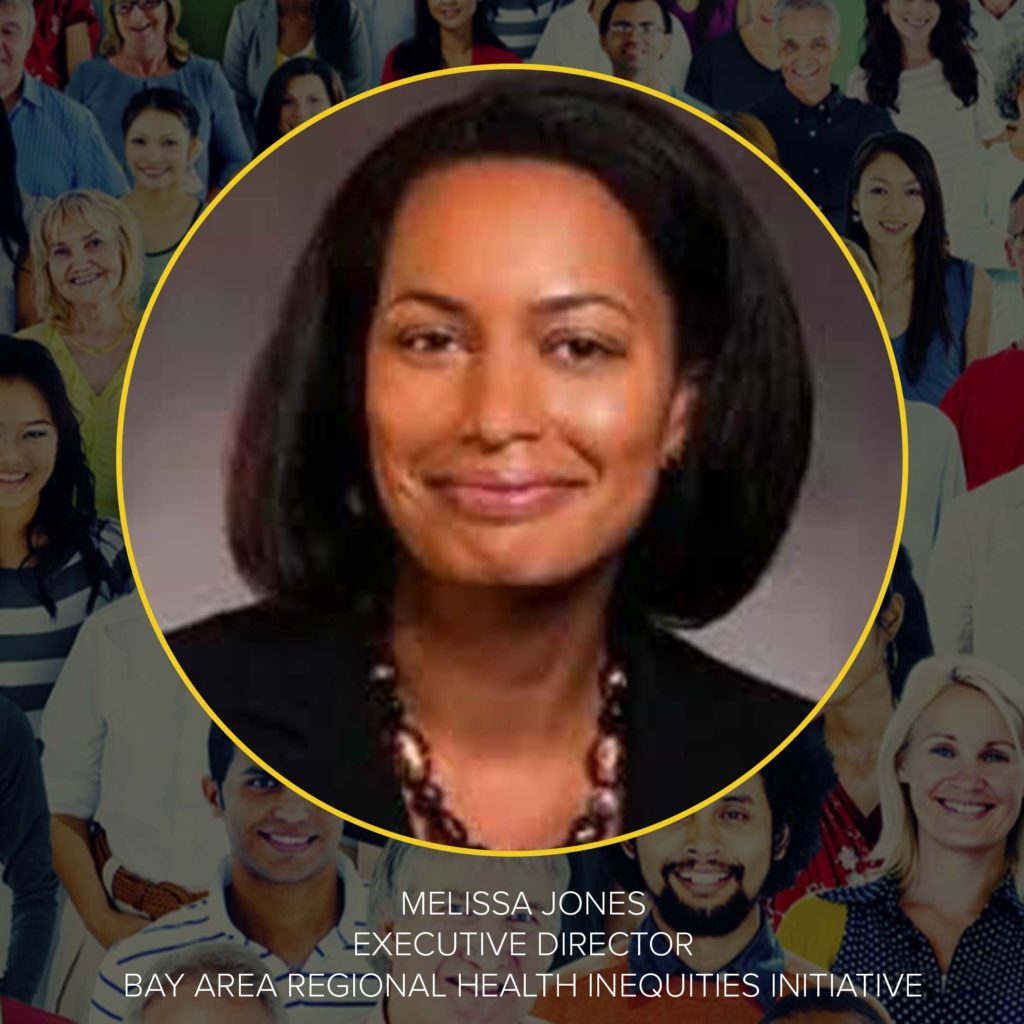
Melissa Jones, Executive Director, Bay Area Regional Health Inequities Initiative
The Episode: The link between health inequities and climate change.
We need to build health equity in order to create resilience.
As we begin to build back after the pandemic, we need to think about our resilience over time, and how we can build back better in order to experience less disproportionality in our health based on race. The disparity in health that we are seeing magnified by COVID is the culmination of a slow burn crisis that has resulted in a 10-17 year difference in life expectancy in Bay Area residents based on race and income. We need to move toward a system where people can afford to live healthy lives, this means addressing underlying issues like housing affordability and economic opportunity. Bay Area residents have had to make unhealthy trade-offs because they are paying too much for housing. To up-end this system we need massive social policy intervention that can create community-wide investments to improve the health of those who are most vulnerable to the impacts of crises like climate change.
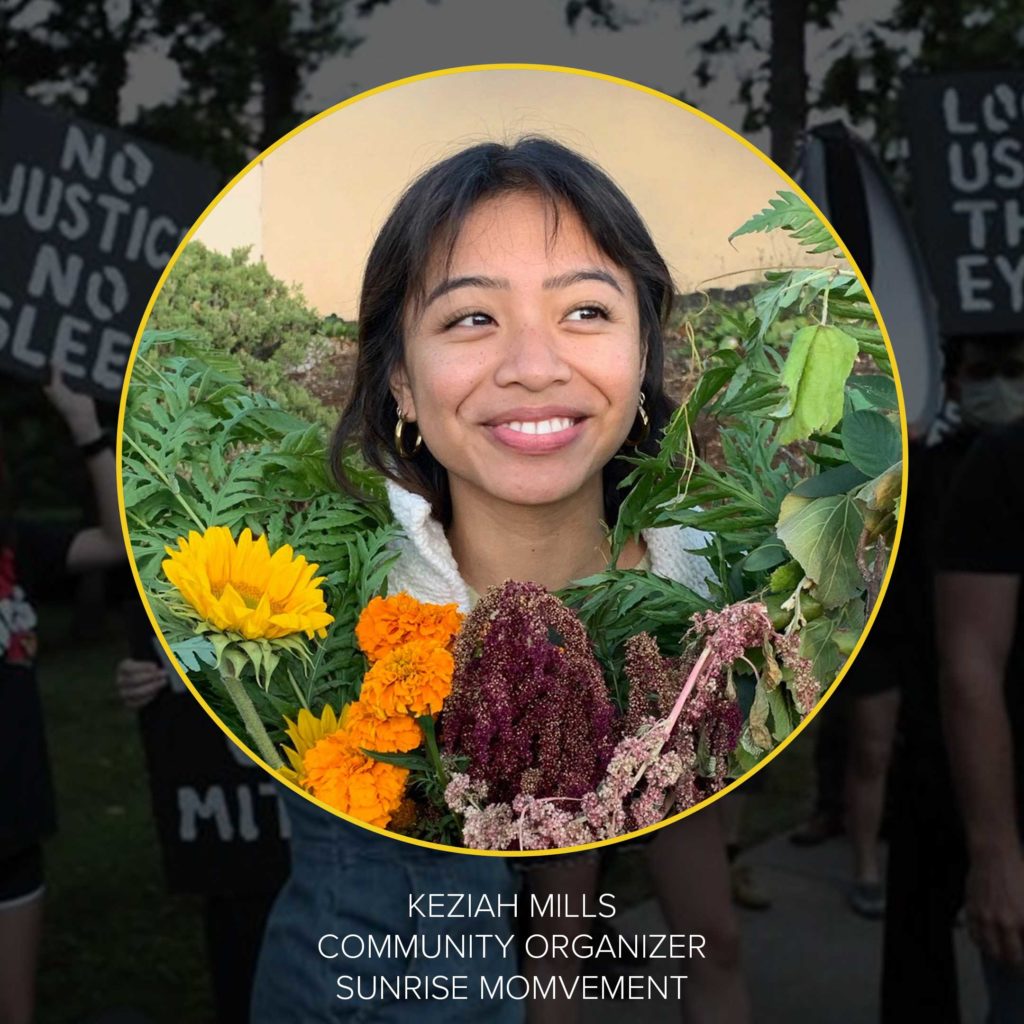
Keziah Mills, Community Organizer, Sunrise Movement
The Episode: Anti-racism and the environmental movement.
In order to be resilient, we need to welcome more BIPOC (black, indigenous, people of color) people into the environmental movement.
Rather than only focusing on how to recruit more BIPOC we also need to think about how prepared we are to receive them, by welcoming them into our spaces and providing them with what they need to be successful. Historically environmentalism has been very exclusionary and many BIPOC folks are scared to show up to places where they feel unwelcome. What we can do to change this is name white supremacy and classism, be explicit about our goals to address these issues, and hold ourselves accountable. We must show up in solidarity to fights that we may not think at first glance are tied to climate change, but that are inextricably linked, for example, police brutality and the movement for black lives. Unlearning and calling out racism is a lifelong endeavor and it’s okay to struggle, the best thing we can do is be open and vocalize when we need support as we strive to be anti-racist.
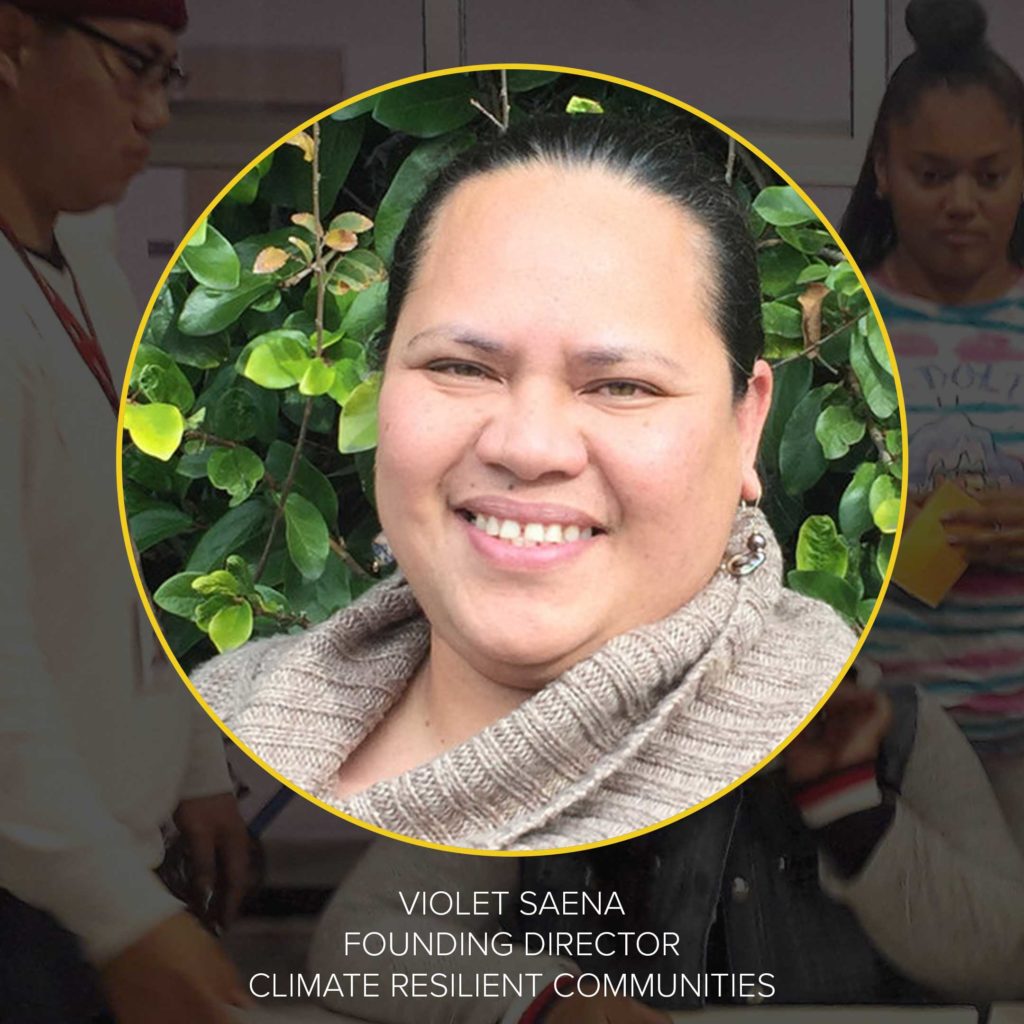
Violet Saena, Founding Director, Climate Resilient Communities
The Episode: Community based climate resilience solutions.
Climate resilience begins with community.
Climate Resilient Communities builds climate resilience based on the needs and voices of the community, especially those that have been historically neglected. In San Mateo county they conducted a community-based vulnerability assessment to climate change and sea-level rise. This was a bottom-up approach to a vulnerability assessment and it helped bring the community together to have this conversation and implement projects based on the lived experience of the residents. One outcome was that they implemented a rain garden with water cisterns to address water security and flooding in East Palo Alto. They continue to expand on these efforts by implementing projects that both address the climate crisis and offer economic opportunities to the residents.
The Future Climate is a series of short talks and Q&A with experts and Greenbelt Alliance on adapting to climate change through smart city planning and conservation. Check out our events page to see what webinars we have in store!
Header Image: Paul Pan via Unsplash

